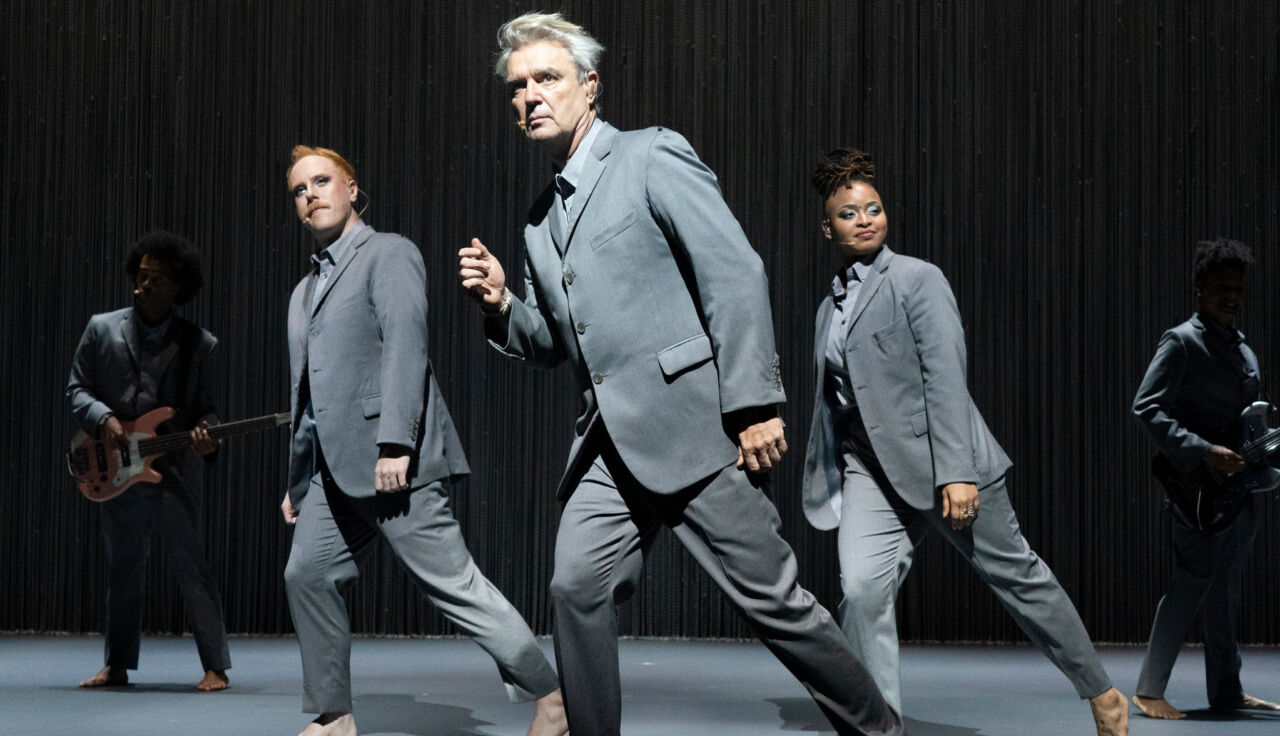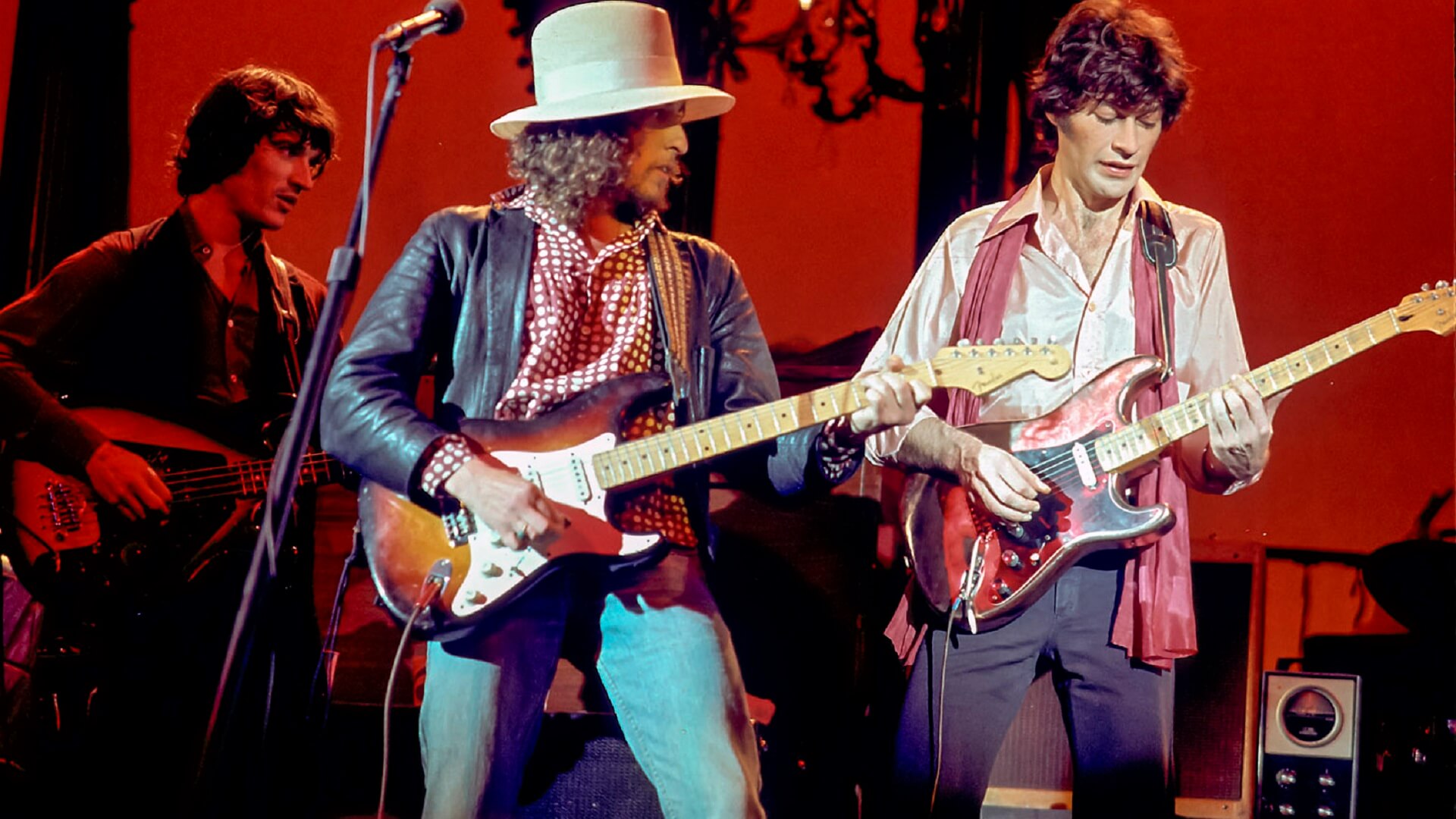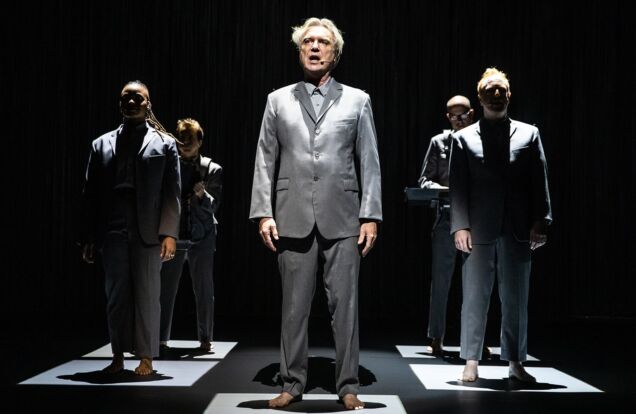DOUBLE FEATURE 10.23.20
American Utopia + The Last Waltz


Adapting a Broadway show or a concert for the screen is less straightforward than it appears. The goal is to bring the performance experience and immediacy to viewers, but it can’t happen by merely placing a camera on a tripod and pressing record. The material needs translation, considering that watching something on a screen and seeing it live is radically different. You cannot transport someone at home to the theater or auditorium, but you can take the home-viewer places an audience member cannot go.
Spike Lee constructed a uniquely cinematic experience by bringing David Byrne’s immensely joyous American Utopia to the screen. With his deep understanding of film language and technique, Lee places the camera where no audience member can go while essentially remaining invisible. His directing never interferes with the performance, but it does enhance it. We go on stage with Byrne and his coterie of international musicians and dancers, we go behind them, we go in close, we go above them, granting a bird’s eye view exclusively to those watching on the small screen. Much like Jonathan Demme did with Stop Making Sense, Lee has created a stand-alone work of art that never loses sight of the show’s real star.
One of the earliest and best films of its genre, Martin Scorsese’s The Last Waltz, captured the final concert of the Band at the Winterland Ballroom on Thanksgiving in 1975. Originally Bob Dylan’s backup musicians, the Band forged a new sound combining elements of folk, rock, and Americana that continues to influence musicians to this day. The Last Waltz is not just a concert film, but a documentary of a band’s unraveling, which comes across in the often-melancholy interviews intercut with the live footage. The guests’ lineup includes Dylan, Neil Young, Van Morrison, Joni Mitchell, Eric Clapton, and Neil Diamond. The performances are incredible, and through the filmmaking, Scorsese manages to deliver an intimacy that was unlikely experienced by anyone lucky enough to have attended this historic event. Elvis Mitchell put it well in The New York Times, writing, “There are few concert movies that were filmed with such abiding feeling and respect. It’s of a potent vintage that goes down deceptively smoother with age.”
The final scene — a set piece of the Band performing a haunting instrumental waltz in an empty concert hall as the credits begin to roll — is a sublimely beautiful passage that could only be captured cinematically. After the lights go up, after the audience clears, after the sets come down, the Band plays on.
Knowing that it was the last time the Band’s original members would ever perform together makes it all the more poignant.


